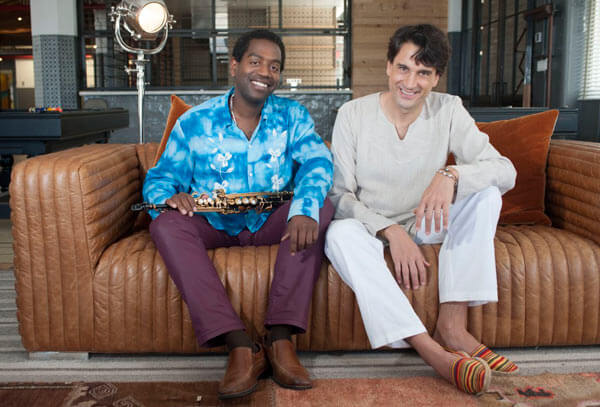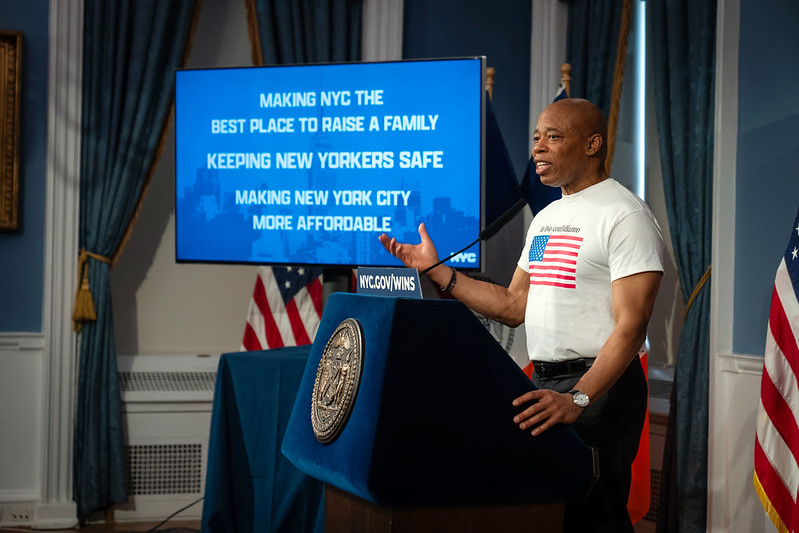The story of the steel pan!
Brooklyn’s rich steel pan culture comes to life in a new documentary about the instrument and the people who keep it going. Filmmaker Christine Shaw highlights the borough’s steel pan community and their journeys to the anticipated competition that bands practice year-round for — Panorama. At a recent screening for the film titled “Panorama: Jamming to the Top,” the stories of pan players come to the forefront — showing viewers the beauty and struggle that come with keeping the tradition alive. Shaw said she focused on two aspects for the film — the competition itself and one group in particular.
“One aspect of the film follows steel pan culture in Brooklyn documenting the struggles that the band’s face to bring their band’s to Panorama, and it also follows one band — Steel Xplosion — and their rocky journey to Panorama,” said Shaw.
She says one viewer at the screening had some critiques on the film, but overall the 73-minute project was well-received from the audience, and she feels its because it examined more than just the steel pan.
“Everyone really loved it,” said Shaw. “Most steel pan documentaries focus on the arranger or talk about the history of the instrument, but nothing that really focuses on the actual players and what they go through.”
A pan player herself, after completing her masters in film, Shaw decided to take a summer off from playing to follow bands about working on their journey to Panorama. She visited different pan yards, interviewing band members and arrangers, immersing herself into their preparation for the competition.
Panorama is an annual steel pan competition organized by the West Indian American Day Carnival Association (WIADCA). The group organizes the event every Labor Day weekend, bringing bands from all over the city and the country to compete for cash prizes.
But getting there comes with a challenge. To get into the competition, the bands have to invest thousands of dollars into the months leading up to it with costly practice and preparation, according to Shaw.
“When they register, these bands have to find a yard space, the instruments, find players and feed everyone, and the costs add up,” she said. “Some of them are paying well over $20,000 for their band, and when they do get to Panorama the prize money is $20,000–$25,000, so they’re not really gaining much financially and they’re putting so much out.”
Despite that, pan players dedicate a lot time to putting together a show for the annual event but never earn much from it. Shaw said it is their love for music that keeps them committed.
“It’s like, why are people coming out to play every summer into the wee hours of the night playing for this competition?” she asked. “It’s because they love the instrument, the music and culture, and it is a job but they do it out of the love they have for music.”
Shaw says she wants her documentary to not only give people a glimpse of what goes on behind the scenes, but to also get people unfamiliar with the culture to learn. Many of these pan yards are located in areas that are seeing a rise in gentrification, and newcomers not accustomed with steel pan should learn the origins of it.
“For me, it’s all about preservation of culture, bringing people into our culture, creating that dialogue, and community and understanding,” she said. “The more we understand each other and see how much we have common, the better we can work together. Steel pan in Brooklyn shouldn’t be a mystery — everyone should know about it.”
She is currently in the process of working with different film festivals to host public screenings of the film by 2019.




























